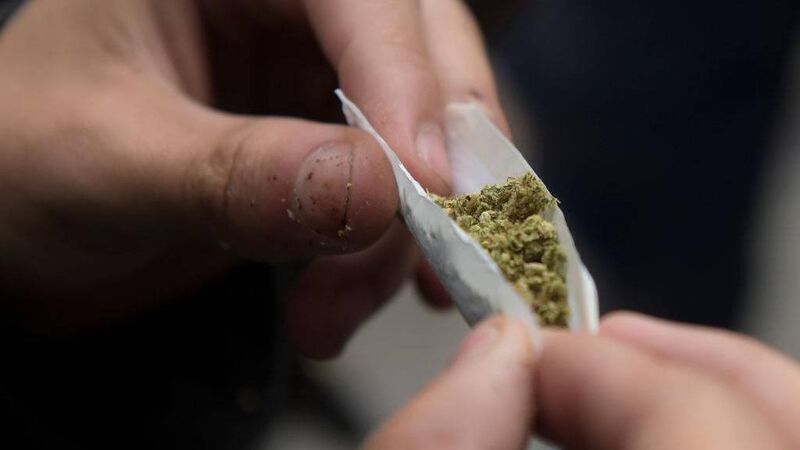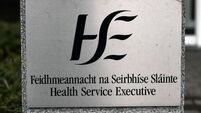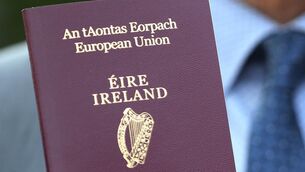Youth groups urge Citizen's Assembly to back legalisation of drugs

Eddie D’Arcy of Youth Workers Against Prohibition said their group favours regulation of cannabis and cocaine, saying the latter drug is a huge source of income for gangs.
A coalition of 200 youth workers has called on the Citizens’ Assembly on Drugs Use to be “bold” in its deliberations and recommend the legalisation of drugs.
Eddie D’Arcy of Youth Workers Against Prohibition, who has worked on the frontline in disadvantaged areas for 40 years, said the criminalisation of drugs has created the “monster” of criminal gangs in communities.
Addressing the assembly this morning, he said the ‘war on drugs’ in Ireland over the last 25 years has “got us nowhere” and there are more drugs than ever available.
“The power and control of gangs have now spread beyond marginalised communities in Dublin and is across the country," he said. "No sooner is one gang broken up than another replaces it.”
He said these gangs are recruiting children as young as 10 who are gradually sucked in with the promise of big money or the stick of fear, intimidation, and debt.
He said these gangs intimidate individuals, families and whole communities and implement “severe levels of violence”. He cited recent reports from Wexford of gangs “chopping off fingers” of those who owe money.
“We have created this monster in communities and we need to do something,” he said. “I appeal to you to take the bold move and regulate sale and take it out of the hands of gangs.” He accepted criminal gangs will continue in a legal market but “not at the same level”.
He said their group favours regulation of cannabis and cocaine, saying the latter drug is a huge source of income for gangs.
Professor Anne Doherty, representing the College of Psychiatrists in Ireland, said three in four of the people she sees in the Mater Hospital in Dublin with a mental health crisis have a substance use problem, rising to over 80% of those presenting with self-harm.
She said for those admitted to psychiatric units for addiction-related severe illnesses, cannabis is involved in almost half of cases.
Prof Doherty said that a major study published this year in Canada — where cannabis production and use has been legalised since 2021 — showed a “great increase” in the numbers of people presenting to emergency departments with cannabis-related problems since legalisation.
Graham Temple of pro-regulation of cannabis group Crainn, said more people are using drugs in Ireland and argued for regulation of cannabis, in a similar way to the regulation of alcohol.
He said research indicates that regulation of the cannabis market in Canada has led to around half of the market being controlled by the legal system and the other half remaining in the hands of criminals, but said the dominance of the legal system should increase over time.
As an immediate step in Ireland, he called for home cultivation of cannabis to be legalised and to allow for non-commercial clubs, where cannabis can be purchased and used.
He said that further down the line Crainn favours State regulation of the market.
Adolescent psychiatrist Professor Bobby Smyth, representing Cannabis Risk Alliance, which comprises 25 senior doctors, said 82% of Irish adults have never used illegal drugs.
He said 12% have taken drugs at some stage in their lives and 6% in the past year.
He said his work with adolescents with drug problems has seen a “huge success” in the ending of adolescent heroin use, but said this has been replaced by cannabis, accounting for 80% of his cases.
“Cannabis dependence derails young lives, it is associated with very significant mental health issues, it damages parental relationships, with parents describing anger and aggression in the home,” he said.
He said the American Medical Association has said cannabis is a dangerous drug and that legalisation has been a “mistake”, leading to more people attending emergency departments and more adults in addiction.
He said it is a “fantasy” to think legalisation will get rid of the black market, saying early research indicated gangs would retain 50% of the market and target those with least money and those in addiction.









